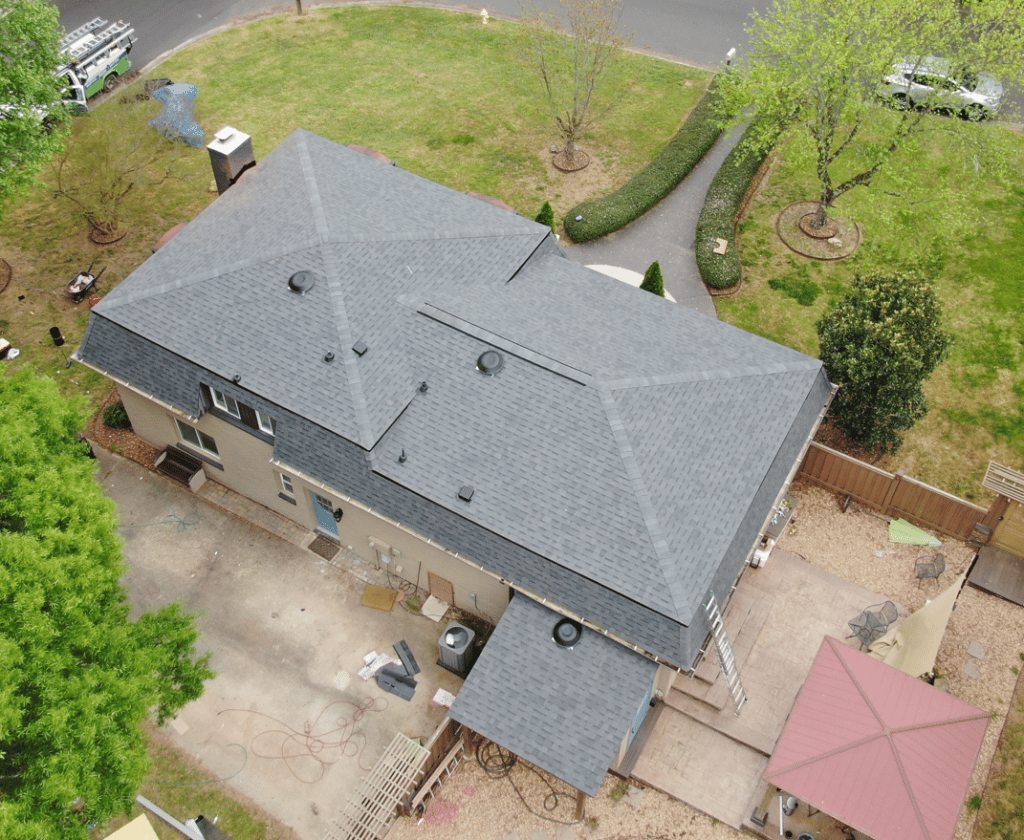Typically found on barns, warehouses, churches, and older types of buildings, gambrel roofs are considered one of the most visually striking types of roofs. Also known as Dutch, German, French, or New England roofs, gambrel roofs are characterized by their two sides (at least) and slopes. These roofs tend to be symmetrical, with the lower slopes steeper than the ones on the top. One of the key benefits of gambrel roofs, other than aesthetics, is that they can help maximize storage space.
In this post, we’ll discuss everything you need to know about a gambrel roof – from various gambrel roofs to the key benefits such a roof can offer. Here’s a closer look at gambrel roofs:
Types of Gambrel Roofs
While the origins of the gambrel roof in the United States are unknown, it’s believed that Dutch settlers introduced the roof throughout the world. Regardless of its early roots in America, it’s been around for several hundred years in the United States. In this section, we’ll discuss the various types of gambrel roofs.
Classic
You can often spot the classic style on barns and large sheds for the most common type of gambrel roof. Four slopes often characterize it.
Valley
Valley-style gambrel roofs usually have multiple slopes, sometimes up to eight or more. You can often spot valley-style gambrel roofs on spacious homes with a square floor plan. Valley-style roofs tend to be among the most expensive types of gambrel roofs, and some more modern variations can have 12 slopes or more, which increases the time and cost necessary to build them.
Mansard
The mansard gambrel roof typically has two slopes on each side and up to four total slopes in the design. The slopes on a mansard roof also often have windows. This type of gambrel roof is also commonly referred to as a “French-style roof” or a “curb roof.”
Dormer
The dormer gambrel roof is similar to the mansard roof in that it tends to have windows built into the design. However, usually, there are only two sides, with two windows per side. This tends to be one of the more uncommon gambrel roof styles.
Wall Supported
The wall-supported style is the final type of gambrel roof we’ll discuss here. This is the biggest outlier of gambrel roof styles because it doesn’t increase storage space. The wall-supported gambrel roof is the most modern variation of the gambrel roof.
Benefits of a Gambrel Roof
We’ve already discussed a few key benefits of a gambrel roof: increased storage, functional space, and aesthetics. But other benefits are worth discussing as well. These include:
Ease of Construction
Don’t let looks fool you when it comes to a gambrel roof. While this type of roof is high on aesthetics, it’s not overly complicated to construct. Using the trusses and gussets built during the process helps simplify the construction and installation of this type of roof.
Additionally, thanks to the way gambrel roofs are constructed, they also tend to be cost-effective to install. Labor and materials costs tend to be less than many other types of roofs.
Good Drainage
Gambrel roofs tend to have steep slopes, which helps with drainage and water runoff. You won’t have to worry about water pooling on the roof and any issues that may stem from it. Water will freely flow down the roof slopes to the gutters or onto the ground beneath it.
Contact Signature Exteriors Today
For more information on gambrel roofs, various gambrel roofs, and some of the key advantages of this roofing option, contact us at Signature Exteriors today. As experts in all things roofing, we’re always happy to explore roofing options and what style looks best on your home. Contact us today for more information.


